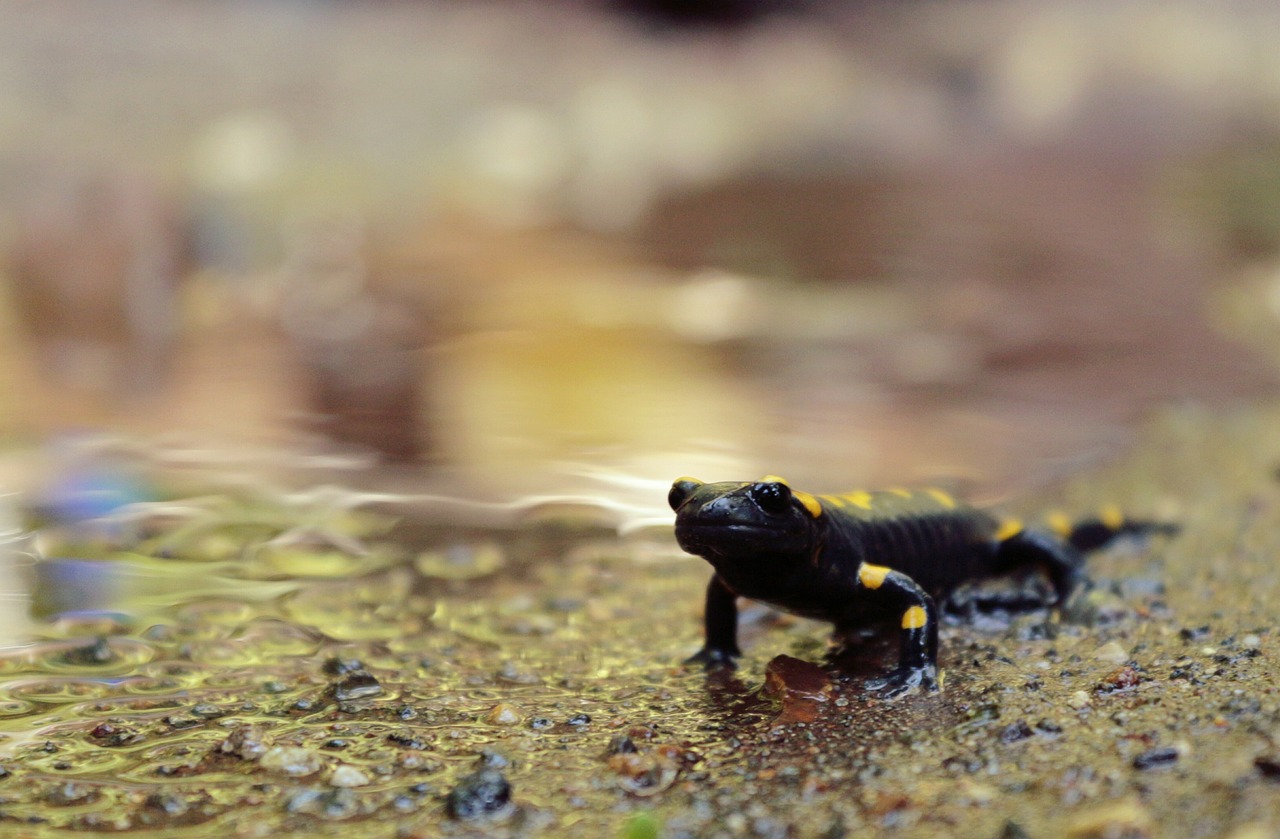
Pre-reading questions:
I will read each question. Then, please answer them.
講師がそれぞれの質問を読むので答えましょう。
- What are fossils?
- Have you already seen a salamander?
Vocabulary:
I will read the words, meanings, and sample sentences. Then, repeat after me.
単語、意味、例文を読みます。講師に続いて音読しましょう。
- sharp /shahrp/
- dinosaur /DAHY-nuh-sawr/
- broad /brawd /
- approximately /uh-PROK-suh-mit-lee/
- glacier /GLEY-sher/
[adjective] – having a thin edge or point that can cut something or make a hole in something
Her pencil has a sharp point for drawing fine lines.
[noun] – any of various extinct, often gigantic, carnivorous or herbivorous reptiles of the Mesozoic era
The museum has a big dinosaur skeleton on display.
[adjective] – wide in extent or scope; large in size.
The park has a broad lawn for picnics and games.
[adverb] – about; roughly; nearly
There are approximately twenty students in our class.
[noun] – a large mass of ice moving very slowly down a mountain or along a valley, or spreading outward on a land surface
We saw a huge glacier while hiking in Alaska.
Article reading:
Please read the whole article. Then, I will check your pronunciation and intonation.
記事を音読しましょう。講師はあなたの発音とイントネーションを確認します。
Researchers recently found fossils of a large, salamander-like creature with sharp teeth that lived in water before dinosaurs. This predator, larger than a human, likely used its broad head and strong teeth to catch prey. The skull, measuring about 60 centimeters long, along with other parts, was carefully studied after its discovery around ten years ago. A recent study published in Nature focused on Gaiasia jennyae, which existed approximately 280 million years ago in what is now Namibia, a region then covered by glaciers. This discovery indicates that tetrapods, ancestors of amphibians, birds, and mammals (including humans), thrived in colder climates earlier than previously believed. Claudia Marsicano, a co-author from the University of Buenos Aires, emphasized the evolutionary significance of tetrapods. The creature’s name, Gaiasia jennyae, honors paleontologist Jennifer Clack for her contributions to early tetrapod research.
True or False:
Read the sentences and identify if they are true or false based on the article.
文章を読んで、記事に基づいて正誤を答えましょう。
- Fossils of Gaiasia jennyae were discovered in a region that is now covered by forests.
- Gaiasia jennyae existed approximately 180 million years ago.
- The creature Gaiasia jennyae was smaller than a human.
- The study published in Nature focused on the evolutionary significance of birds.
- The name “Gaiasia jennyae” honors a famous scientist named Jennifer Clack.
Fill in the blanks:
Choose the correct word from the table, then fill in the blanks.
適切な言葉を選んで空欄を埋めましょう。
| sharp | dinosaurs | broad | approximately | glaciers |
- _____ form over many years from snow and ice.
- Be careful with that ______ knife; it can cut easily.
- ______ lived millions of years ago and are now extinct.
- Her interests are ______, ranging from art to sports.
- The meeting will start at ______ 3 o’clock.